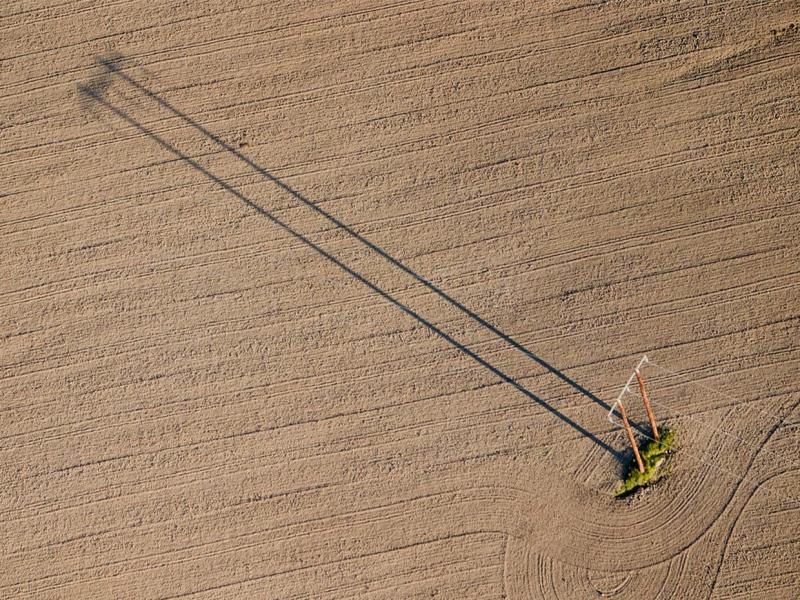Earlier this year, the Australian Tax Office (ATO) announced several changes to the way people can claim work-from-home expenses as a tax deduction.
The change came as countless Australians settled into new flexible working arrangements that see them working partly from the office and partly from home. And while the changes do represent a win for the taxpayer, there is one contingency that everyone needs to remember when completing their latest tax return.
Thiru Kandiah, Principal of Business Advisory at RSM in Canberra, says record keeping is often considered a ‘nice-to-have’ rather than an essential. But the ATO doesn’t see it that way.
“In previous years, there were several methods we could use to calculate work-from-home expenses. They were the shortcut method, the fixed rate method, and the actual cost method. The method we chose depended on the nature of a person’s work and the type of expenses they had incurred.
“From 1 July 2022, the shortcut method was abolished and the fixed rate method rose from $0.52c to $0.67c per hour. Under this method, the $0.67c covers all general expenses associated with working from home – such as internet, phone, electricity, and so on. You can then claim depreciating assets such as devices or other equipment separately.
“The ATO also removed their requirement to have a ‘dedicated office space’ in the home. Now, it’s sufficient to say you worked at the dining room table to make a claim. However, there are several rules associated with this. For example, it only applies to hours worked where you were fulfilling employment duties, not just randomly checking emails or taking calls.
“From 1 March 2023, you also need to have an accurate record of the hours you worked from home rather than simply providing an estimation.”
For hours worked between July 1 2022 and 28 February 2023, the ATO has said they will accept a record which acts as a representation of the total time period – such as a 4-week diary which is then used as a base across the eight months. For hours worked between 1 March 2023 and 30 June 2023, taxpayers must have a record of the actual number of hours worked each day.
“It may seem tedious,” notes Thiru. “But the ATO is simply trying to prevent refund fraud. Potentially, you could have someone saying they are working from home full time, and claiming all the associated tax benefits, when in fact they only work from home a few hours a week. Given the number of people who are now engaged in remote work, fraud in this area could cost the ATO significantly.
“As with travel expenses, it’s not difficult to jot down how many hours you have worked at the end of the day – and doing this will also ensure you’re claiming your full entitlement. Given that work from home arrangements are set to continue, getting into the habit now will make it much easier in future years. Also be sure to hang onto any receipts for other things you can claim, like cleaning expenses for a dedicated home office and purchases of office furniture or devices.”
The change to work-from-home deductions isn’t the only one to be released by the tax office in recent months. For example, the per kilometre rate has also increased from $0.72c to $0.78c.
“When done right, your tax return can provide a reasonable cash injection at a time when the cost of living is quite high,” says Thiru.
“It’s important to keep all your records so you claim everything you’re entitled to. It’s worth cultivating a good relationship with an accountant who can assist you in doing this and will keep you updated on any tax law changes so you’re always prepared.”
For more information
To connect with a qualified accountant who can assist with tax planning or completing your annual tax return, contact your local tax advisor.





